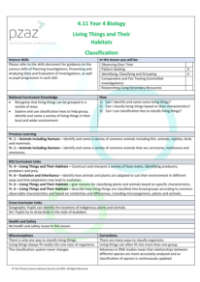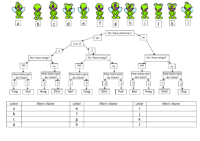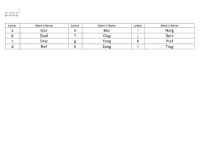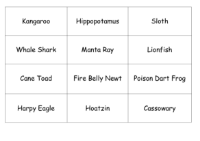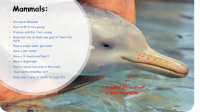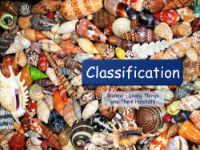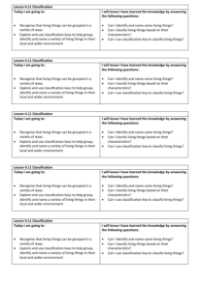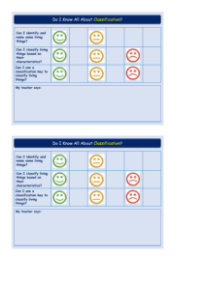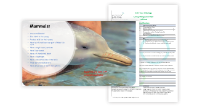Classification - Teacher Explanation

Science Resource Description
Welcome to Lesson 4.11 on Classification, part of the Year 4 unit on Living Things and Their Habitats. In this lesson, pupils will learn to recognise and utilise various methods of classifying living things, a requirement of the National Curriculum. They will explore and use classification keys to group, identify, and name various living things within both their local environment and broader habitats. Though there are no health and safety concerns for this lesson, it offers cross-curricular opportunities, such as researching the origins of different living things in geography, or studying and emulating Audubon's artistic representations of birds in art.
The lesson begins with a hands-on activity where children sort buttons, a familiar everyday object, into groups based on common characteristics such as size, shape, number of holes, and material. This exercise is not only about sorting but also about justifying their choices of classification. This sets the foundation for understanding classification in the natural world, where, for example, all birds are classified together because they have feathers. Further activities include classifying toy animals and using animal cards to categorise animals into broad groups such as vertebrates and invertebrates. The lesson progresses to focus on mammals, with pupils using information sheets to determine whether certain animals are mammals based on specific characteristics. Finally, the lesson introduces classification keys through an engaging activity with alien characters, leading to pupils creating their own classification keys for animals. This comprehensive lesson aims to show that there are numerous systems for classifying living things, each based on different sets of characteristics.
